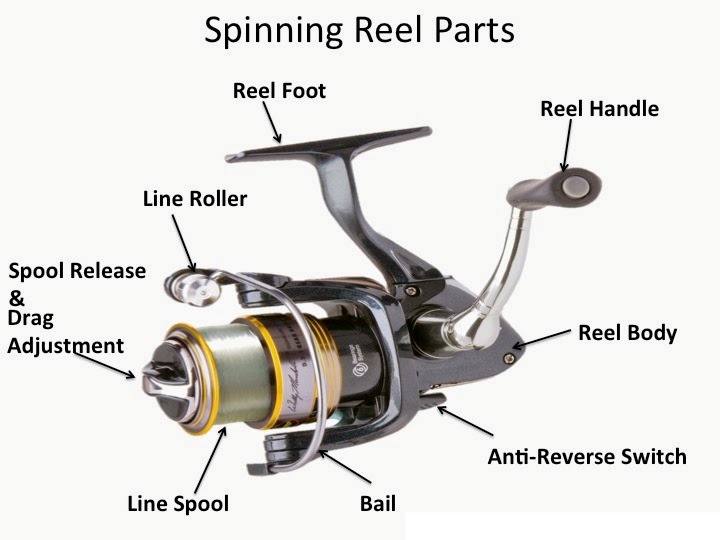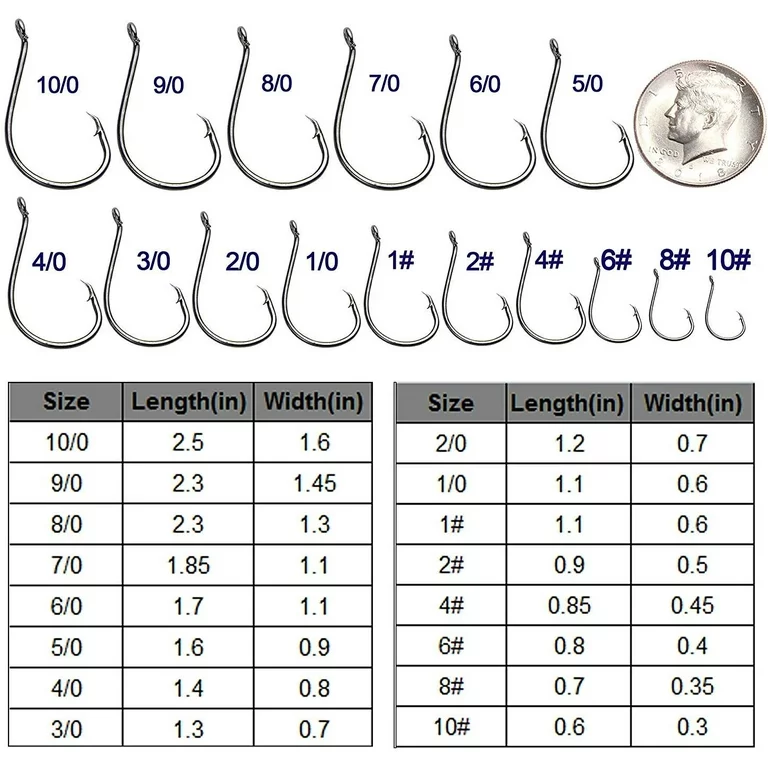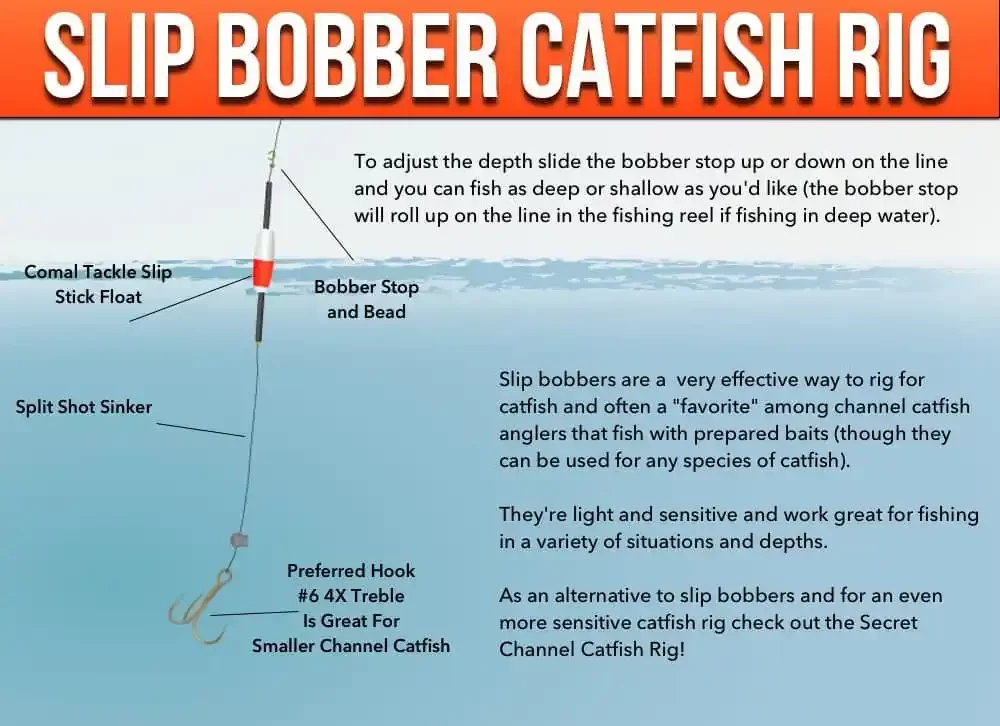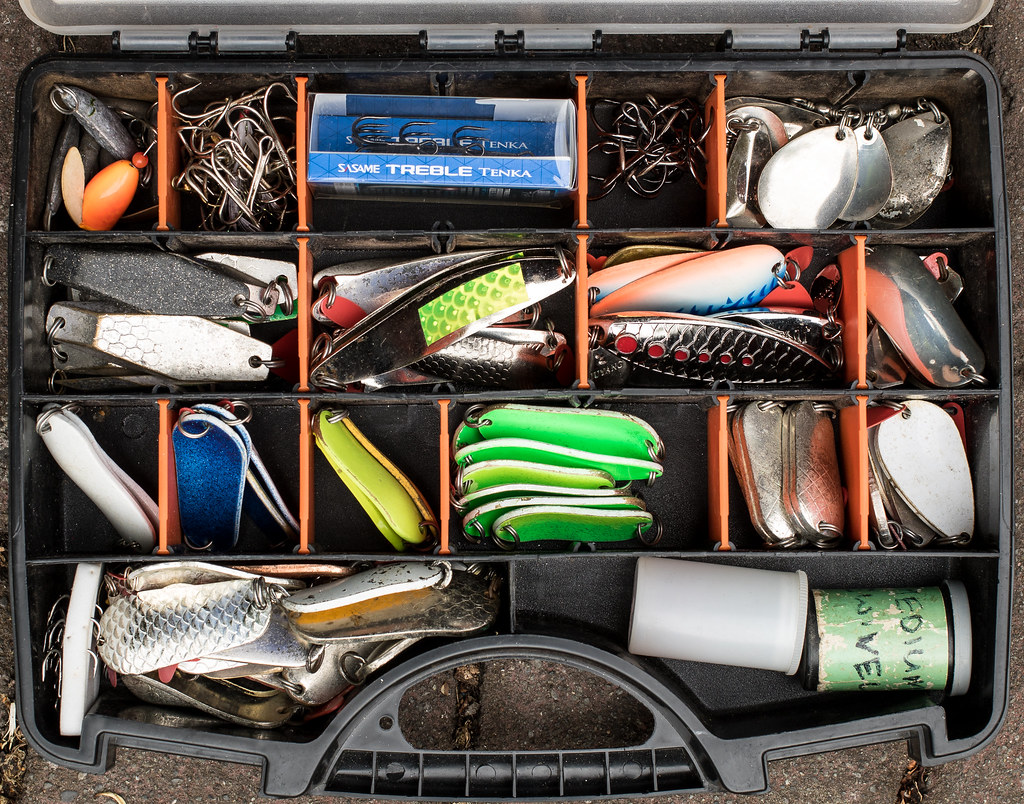Fishing catfish is a rewarding and exciting activity that requires the right gear and setup to maximize your chances of success. Whether you’re a seasoned angler or a beginner, understanding the essential equipment and how to use it effectively can make a significant difference in your fishing experience. This guide covers everything you need to know about setting up your equipment for catfishing.
Essential Gear for Catfishing
Rods
- Spinning Rods: These are easy to use, versatile, and excellent for beginners. Look for rods with medium to heavy power, fast action, and lengths between 6 to 9 feet. Spinning rods are ideal for light to medium-sized catfish.
- Casting Rods: These provide better control and accuracy, making them suitable for larger catfish. Choose rods with heavy power, moderate to fast action, and lengths between 7 to 10 feet. Casting rods are best for targeting big catfish like blues and flatheads.

- Key Features to Look For: Strength, sensitivity, and length are crucial. The rod should be strong enough to handle the weight and fight of a large catfish, sensitive enough to detect subtle bites, and long enough to offer better casting distance and leverage when fighting fish.
Reels
- Spinning Reels: These are easy to handle and less prone to backlash, making them great for beginners. Recommended models include the Abu Garcia Revo Toro Beast and the Shimano Stradic, known for their smooth drag system, high line capacity, and durable construction.
- Baitcasting Reels: These provide greater control and power, ideal for heavier lines and larger fish. Recommended models include Lew’s Super Duty Wide Speed Spool and Shimano Curado K, known for their strong drag systems, multiple ball bearings for smooth operation, and adjustable braking systems.

- Important Features: Look for a powerful and smooth drag system, a higher number of ball bearings for smoother operation, and overall durability to withstand harsh fishing conditions.
Fishing Line
- Monofilament: This is affordable, stretches under pressure, and is good for beginners.
- Braided: Strong and durable with less stretch, making it ideal for fishing in heavy cover and targeting large catfish.

- Fluorocarbon: Nearly invisible underwater and has minimal stretch, which makes it excellent for clear water and detecting sensitive bites.
- Line Strength: Use lines with a test strength of 20-30 pounds for most catfish species. For larger catfish, such as blues and flatheads, consider lines with a higher test strength.
Hooks and Rigs
Hook Types and Sizes
- Circle Hooks: Reduce deep hooking and improve catch and release success. Sizes range from 4/0 to 8/0 for larger catfish.

- J-Hooks: Versatile and good for active bait presentations. Suitable for live bait, with sizes from 1/0 to 5/0 for various catfish species.
- Treble Hooks: Multiple points increase hooking potential. Commonly used with stink baits and dough baits, in sizes 2 to 4.
- Kahle Hooks: Have a wide gap for better hook sets. Effective for live bait and cut bait, with sizes from 2/0 to 8/0 depending on the target species.
Common Catfish Rigs
- Slip Sinker Rig: Best for bottom fishing. Thread the main line through a slip sinker, add a bead, and tie on a swivel. Attach a leader and hook to the swivel. This rig allows the bait to move naturally with minimal resistance.
- Float Rig: Ideal for fishing suspended catfish. Attach a bobber to the main line, add a weight below the bobber, and tie on a leader with a hook.

- Three-Way Rig: Minimizes snagging in areas with obstacles. Use a three-way swivel to attach the main line, a short dropper line with a sinker, and a leader with a hook.
- Santee Cooper Rig: Effective for targeting large catfish in open water. Set it up similarly to a slip sinker rig but with a float added to the leader to keep the bait off the bottom.
Bait Selection
Choosing the right bait is crucial for attracting and catching catfish. The type of bait used often depends on the catfish species you’re targeting. Live bait, such as minnows, shad, bluegill, and worms, is effective for all catfish species, especially flatheads. Stink baits, including dough baits, dip baits, and pre-made stink baits, are highly effective for channel catfish due to their strong sense of smell. Cut bait, made from chunks of fish like shad, herring, or carp, is a versatile option that works well for blue and flathead catfish.
Tips for Choosing Bait
- Know Your Target: Different species have different preferences.
- Consider Water Temperature: Catfish behavior changes with temperature, affecting bait choice.
- Experiment: Try various baits and observe what works best in your fishing location.
Additional Accessories
Tackle Storage
- Waterproof Tackle Boxes: Protect your gear from water damage.
- Dry Storage Bags: Keep your essentials dry and organized.

Other Essentials
- Sinkers: Variety of weights for different rigs.
- Swivels: Prevent line twist and improve rigging.
- Needle Nose Pliers: Essential for hook removal.
- Scissors: For cutting line and bait.
Optional Gear
- Fish Finders: Help locate catfish in larger bodies of water.
- Rod Holders: Keep your rods secure while waiting for a bite.
- Digital Scales: Weigh your catch accurately.
Tips for Setting Up and Using Catfish Gear
Setting Up a Slip Sinker Rig
Start by selecting your gear, including a medium-heavy rod, a strong reel, and a suitable line. Thread the main line through a slip sinker and add a bead to protect the knot. Attach a swivel to the main line, then connect a leader line to the swivel. Tie your chosen hook to the leader and bait it with live bait, cut bait, or stink bait. Cast your rig into a promising spot and wait for a bite. This setup allows the bait to move naturally, which is attractive to catfish.
Organizing and Maintaining Gear
Regularly check your fishing line for wear and replace it as needed. Clean your reels after each use by rinsing them with fresh water and lubricating the moving parts. Ensure your hooks are sharp to improve hook sets, and store your gear properly to keep it in good condition. Keeping your tackle organized in waterproof boxes or dry storage bags can help you find what you need quickly and protect your equipment from the elements.
Safety Tips
Handle catfish carefully as they have sharp spines and teeth that can cause injury. Wearing gloves can protect your hands while handling fish and gear. Always follow local fishing regulations, practice catch and release when appropriate, and be mindful of your surroundings to ensure a safe and enjoyable fishing experience.

Robert Smith is the proud owner of Bait Barrels and Bows, a premier fishing sports store established in 1989. With over three decades of experience in the industry, Robert has honed his skills to become an expert angler, sharing his vast knowledge and passion for fishing with enthusiasts around the world. Through his store and writings, Robert provides invaluable tips and guidance, helping both novice and seasoned anglers improve their techniques and enjoy the sport to its fullest. His commitment to the fishing community is evident in his dedication to quality products and excellent customer service.

